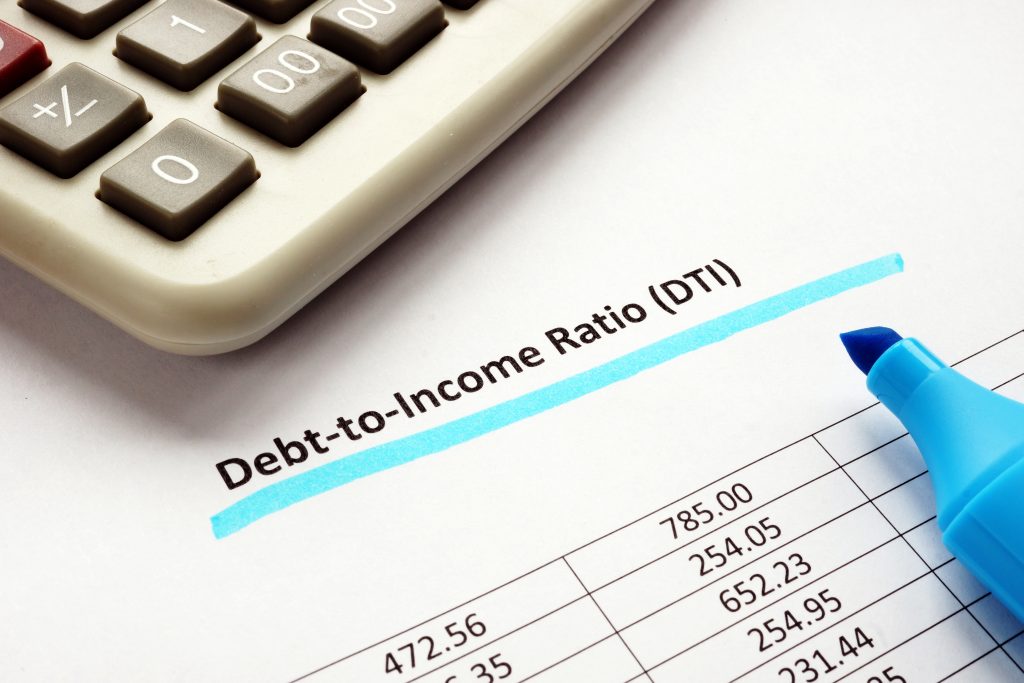Resources
THE POWER OF a calculator
Wondering what your monthly payment could be?
Try our mortgage calculator.
Disclaimer: Results from this calculator are designed for comparative purposes only, and accuracy is not guaranteed. Please contact Edge Mortgage, Inc. for a complete quote.
Your total monthly payment

Popular Questions
We make it a priority to listen and answer all your questions.
Mortgage brokers research a variety of loan options from multiple lenders and find the best mortgage for your financial situation.
1. Application
2. Credit ordered
3. Documentation requested and reviewed
4. Preapproval given if qualified
5. Loan submitted to lender
6. Disclosures issued
7. Submitted to underwriting
8. Appraisal ordered
9. Additional documentation gathered
10. Final loan approval
11. Clear to close
12. Loan closed and funded
Mortgage points, also known as discount points, are fees a home buyer pays directly to the lender in exchange for a reduced interest rate. This is also called “buying down the rate.”
1 point = 1 percent of your mortgage ($1,000 for every $100,000)
It’s really not all about your income. How much a potential borrower makes is important, but it’s not the only factor considered when getting approved. Credit score, work history, and loan type are just a few other factors to consider.
This will vary by loan program and various factors.
Conventional – as low as 3%
FHA – as low as 3.5%
VA – as lows as 0%
USDA – as low as 0%
1. When you can reduce your interest rate
2. When you can eliminate mortgage insurance
3. When you can shorten the length of your loan
4. When you can use your equity for home improvements or to consolidate debt
1. Apply for a credit card: Opening a revolving line of credit is a great first step towards building a credit profile.
2. Become an authorized user: Get added to a parent or partner’s established revolving account.
3. Create a positive payment history: Put a small balance on your new card. Keep the usage below 50% and make your payments on time.
–Information provided by CIC Credit
1. Fix errors on your credit report
2. Stay below your credit limit
3. Tackle past-due bills
4. Pay down revolving account balances
5. Limit how often you apply for new accounts
“2023 is expected to bring some changes as well; all 3 credit bureaus stated that in the first half of next year they will no longer be reporting any medical debt with balances of $500 or less. While these bureau level changes only apply to medical collection debt, it is still a huge win for loan originators and borrower’s alike!”
We don’t typically have to include medical debt in our debt to income ratio, but they do hurt credit scores So this is wonderful news for home buyers!
– Information provided by CIC Credit
When a credit report is pulled and does not provide a monthly payment for the student loan, or if the credit report shows $0 as the monthly payment, the lender must determine the qualifying monthly payment. This will depend on the loan program you are using.

























